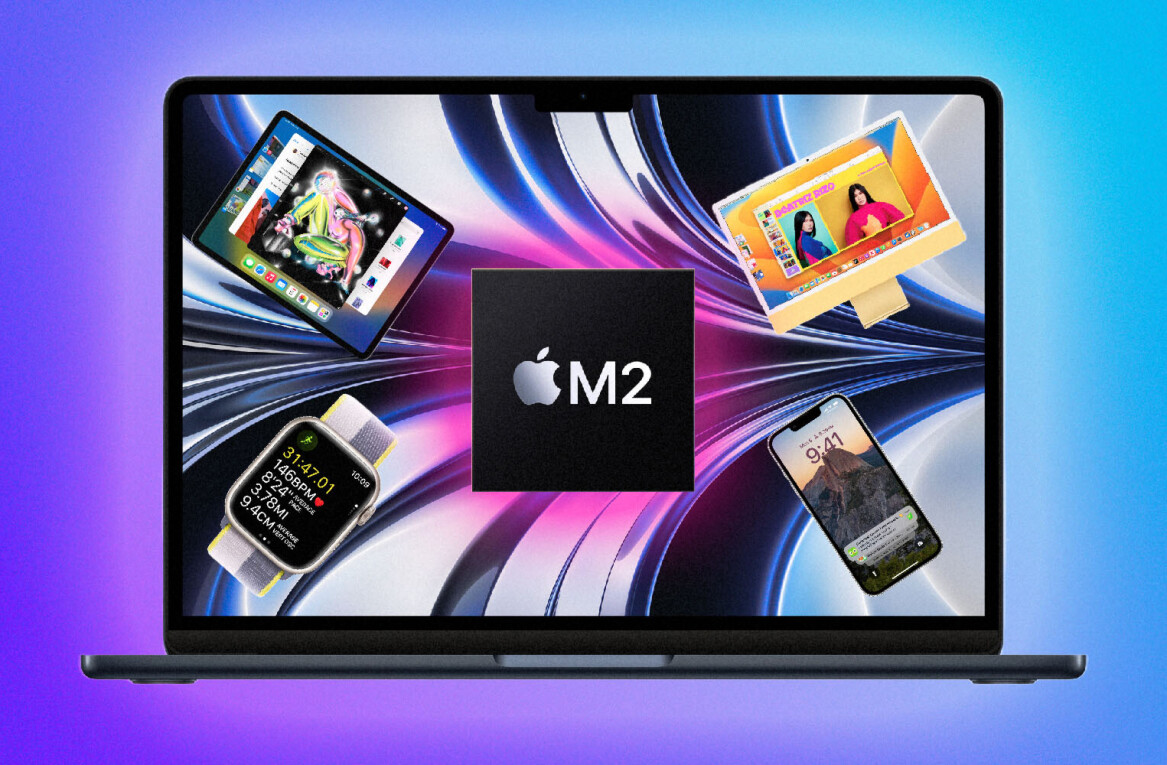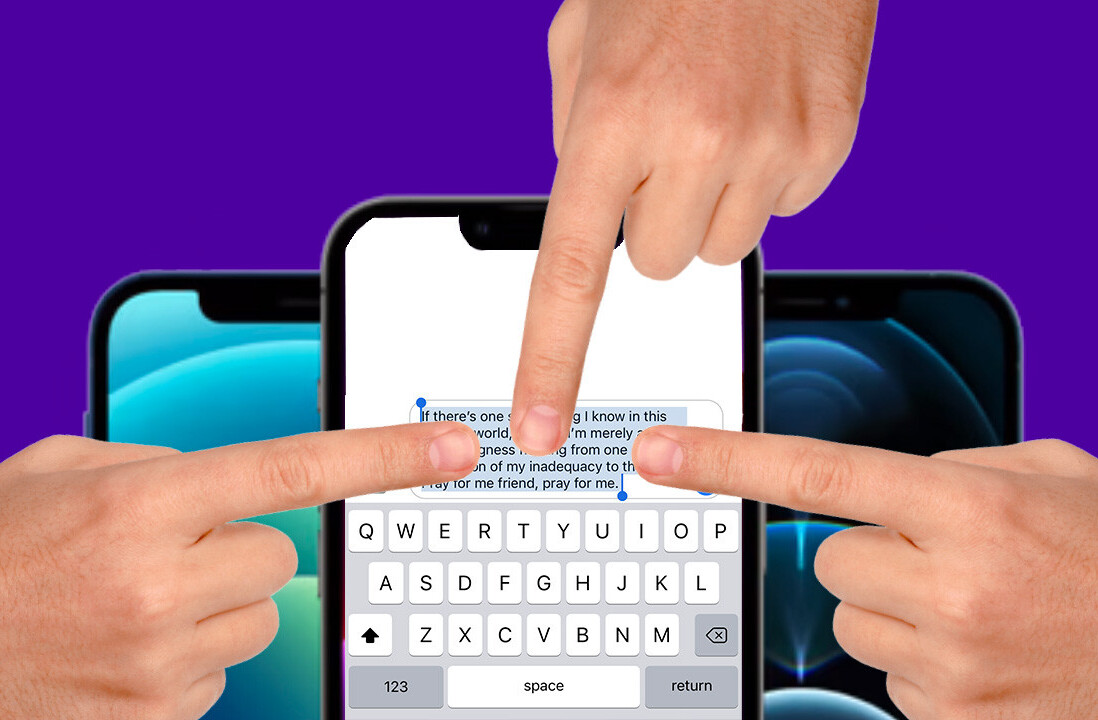
Transit app maker Embark has announced that it’s hit 40M total trips routed in its apps. In addition, it’s managed to notch 1.3M trips and 100,000 downloads of its app since it was integrated into the transit section of iOS 6’s Maps app.
Embark’s David Hodge told me that the download numbers show roughly a 3x to 10x download volume increase since iOS 6 hit, depending on region. The usage numbers are massive too, with the NYC-based Embark apps registering between 30-40% higher than before.
When Apple announced back in June that its Maps replacement app would not include transit directions, a lot of people went a bit nuts about it. But I took the time to chat with a few experienced mapping developers and the general consensus I got back then is that they saw a huge opportunity for themselves and for map customers both:
There are half a dozen or more decent Muni apps for the San Francisco area, but other cities may have fewer or no options yet.
For those cities that never had transit data in Google’s services, there is an opportunity for developers to source that data and create their own app to serve the customers locally. For those cities that have a bunch of transit apps already, this provides an opportunity to create a ‘best-in-class’ experience.
Hodge agrees, and says that the success that Embark has seen is largely due to the detailed directions that it delivers. They have boots on the ground in all of the areas that they service in order to research transfer times between various components of a trip, measure walking speeds from one city to the next and to tap into various travel advisory alerts.
This, says Hodge, allows Embark to offer far more accurate and granular directions in some cities than Google, who works at enormous scale and may not be able to devote the effort it takes to do that.
Embark has served up nearly 4 million trips per month across 12 public transit systems, including the New York area, Chicago, Philadelphia, Washington D.C., San Francisco, Boston, and one overseas in London. They also won best transit and mobility app awards from the New York MTA App Quest and NYC’s Big Apps 3.0.
Embark is only 1.5 years old, and it’s been a wild period considering its start with the iBart app, getting accepted to Y-Combinator in January and becoming a profitable company on the back of its dozen detailed transit apps.
Embark has a key set of features including offline mapping, routing tailored to regions, shareable trips, interactive maps and push notifications of delays that Hodge says sets it apart from many other solutions. These differentiating features are why using Embark, or other apps from the App Store, may in fact provide a better experience than Google’s offerings ever did.
And they result in more people coming back directly to Embark’s apps after they’ve discovered them in the transit section of Apple’s Maps app.
The iOS 6 effect
From the numbers above, you can see that the inclusion of Embark into what Hodge calls the ‘Transit App Store’ inside Apple’s Maps has already had a hugely positive effect on its business.
The store presents transit apps for a region based on the definition of a ‘zone’ that the app is valid in. It would seem that this would be ripe for abuse, but Hodge says that it seems to be doing well so far. Neither the app makers nor the consumers benefit from misleading region settings. And the apps that are being surfaced in the section also appear, according to Hodge, to be ranked on a meritocracy. In short, he says that Apple’s system “is working”.
That system allows for extremely simple integration from the developer’s standpoint. Once they’ve configured their app to accept the data transmitted from the Maps app (which consists of a start and end address) the data is passed off and the transit app routes it. There is a variety of data that isn’t passed along, however, that could be used for more contextual information to be delivered to the user. The most common complaint I hear is that the name of a point of interest isn’t delivered to the app. So it can send you to the address of your favorite restaurant, but it can’t display its name.
So there are definitely still pain points for developers and consumers, but for now the system looks like it may actually do as predicted and deliver better directions to many consumers. Provided, of course, that there are actually decent transit apps available in their area.
So Apple’s grand transit experiment seems to be off to a good start for developers and users appear to be responding to well-built apps. So far, so good. Now to fix the rest of Maps.
Image Credit: CRISTINA QUICLER/AFP/Getty
Get the TNW newsletter
Get the most important tech news in your inbox each week.






